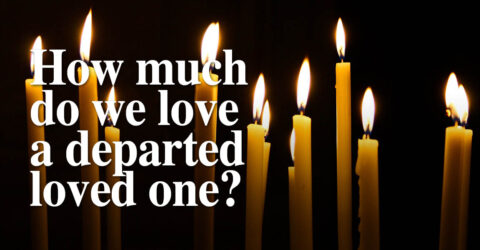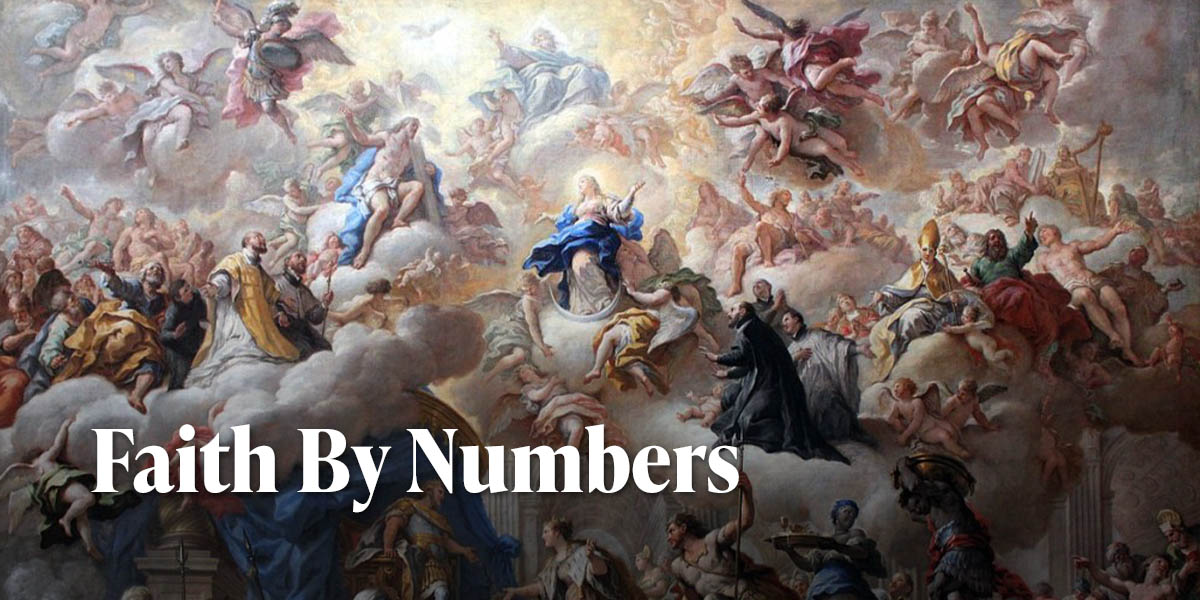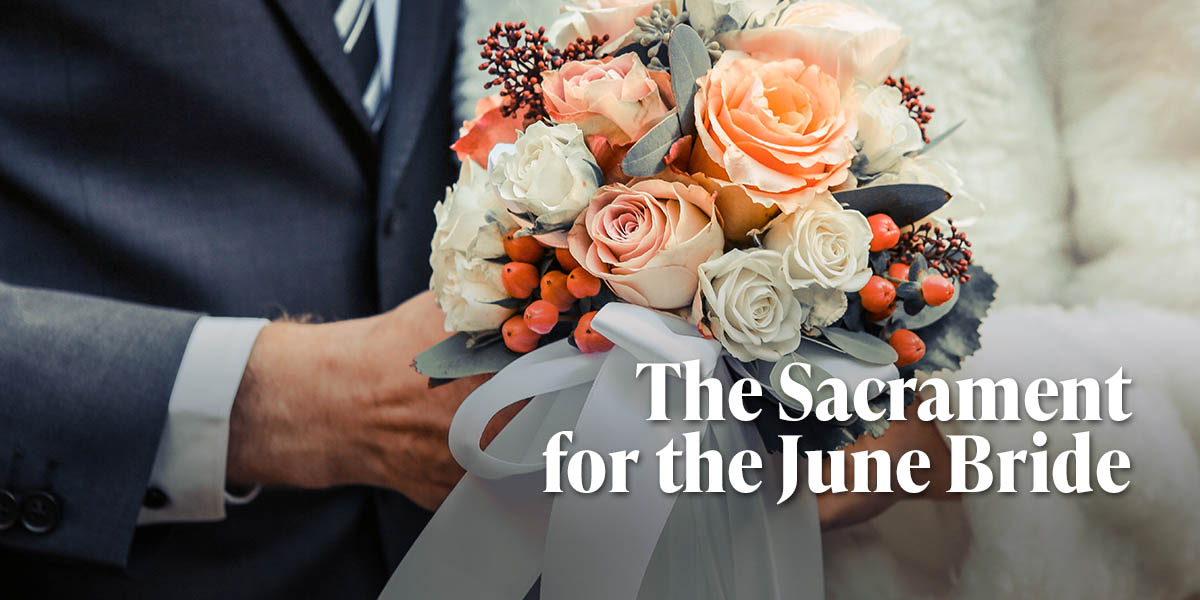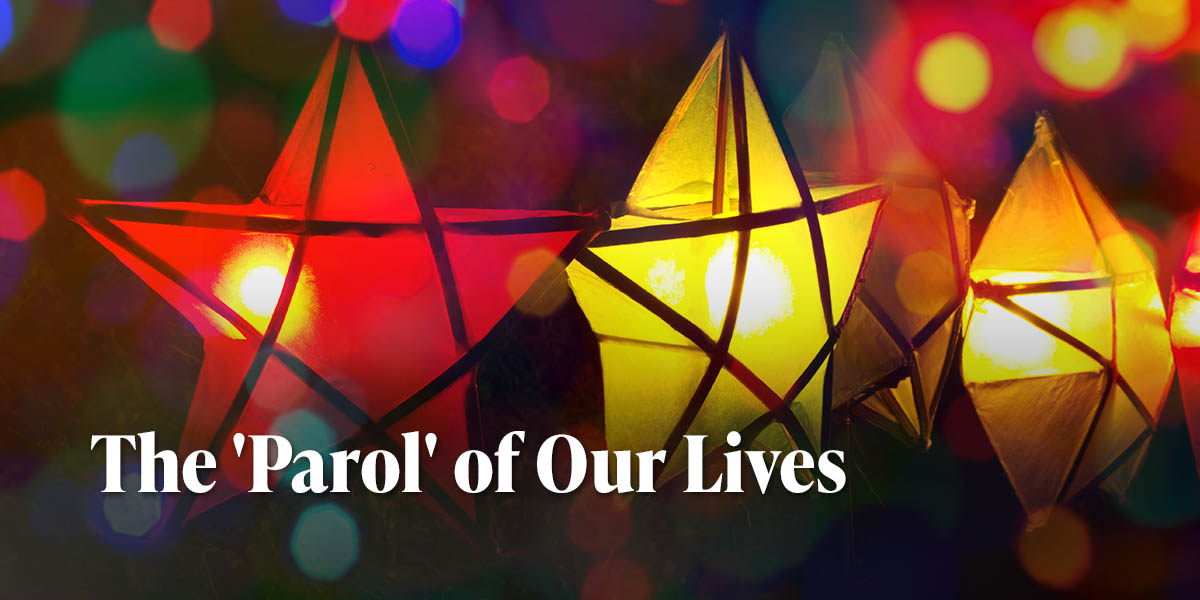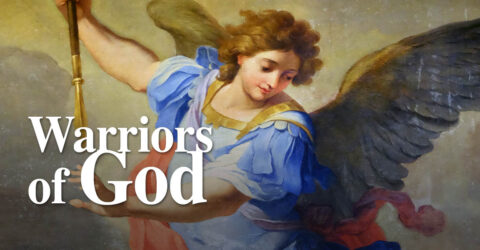
The world is full of challenges. Men always strive for perfection. It is in his nature to be good as he was created from the image of God. Yet he bears the sin of man which makes him weak and vulnerable of his own free will, like warriors facing daily struggles and battles. The Holy Catholic church have given us great warriors, both young and old. Their life and struggles are inspiration for any age in battle.

